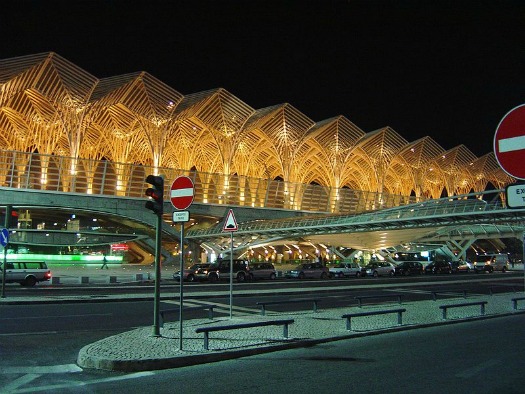
Bank of America Center in Houston by John Burgee and Philip Johnson. It combines architecture elements of pre-WWII skyscrapers with elements of modern aesthetics.
It seems the phrase “postmodern” gets frequently and indiscriminately thrown around in the architecture, art and design words; so much so that its meaning has been diluted to a point where many don’t know what the heck it actually even means when they’re saying it or what its origins are. As a blog dedicated to the highest ideals of architecture and design, we thought we’d shed a little light on the phrase.
In actuality, the idea of postmodernism is one that can only be described and not defined; to try to define it would be a direct violation of the postmodernists’ ideals that no definitive truths or boundaries actually exist. Perhaps such vagueness is the reason that the term “postmodern” has been adopted as one that can be used to describe almost anything in the realm of “modernity” – whatever that means. The reality of postmodernism, at least for architecture, is that it began as an international style in the 1950s, heralded by the return of wit, ornament and reference, but did not become widely known until the late 1970s. The postmodern style was a reaction against the rationalism of modernist design and formal ideals inherent within it. Its influences included the pop art movement of the times and the revival of a Victorian style of grandeur and eclecticism. The AT&T building in New York, by architect Philip Johnson, embodied postmodernism and was widely criticized by the architectural establishment of the times for its lack of restraint. Michael Graves’ Portland Building in Portland, Oregon was another example of postmodern architecture; its style was also brought into question by the establishment. Nonetheless, both buildings exhibit expressive and symbolic architectural values that had once been abandoned by the modern style – hence they were postmodern.
Ultimately, it is postmodernism that gives validity to a range of styles and gives no one style more credibility than the other; the result is progressive movement and superiority over modernism and its constraints on creativity in design.



